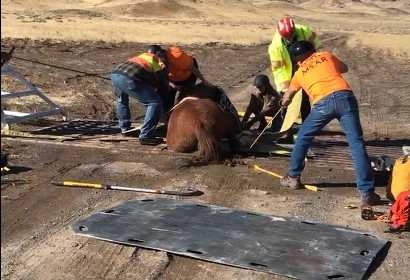|
Newer style DOT spec pre-cast concrete cattle guards bring with them new challenges with respect to extricating large animals that may become entrapped in them.
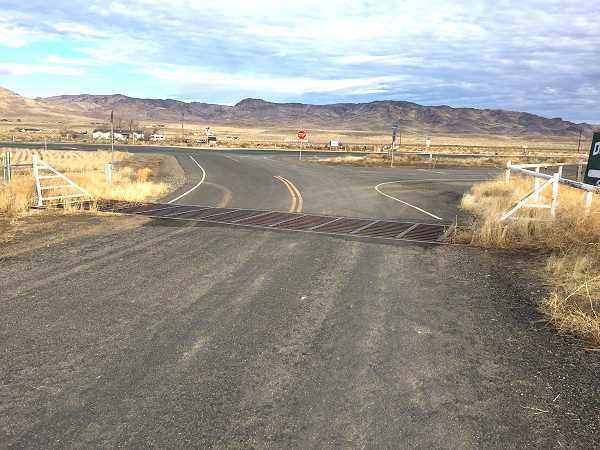
While their designs can facilitate more consistent self-extrication in the event an animal drops a single leg into the grate, structural elements designed to meet or exceed contemporary DOT load ratings, eliminate vibration noise, and minimize maintenance issues have also produced some new challenges that rescuers must consider.
This information sheet is intended to address such considerations. Precast concrete cattle guards currently in use by NDOT are illustrated as a reference. Responders should familiarize themselves with the specific types of cattle guards in use in your areas as some of the construction details may differ.
We have not been able to identify any published best practices with respect to responses to these cattle guards. As a result this Information Sheet is intended solely for awareness purposes.
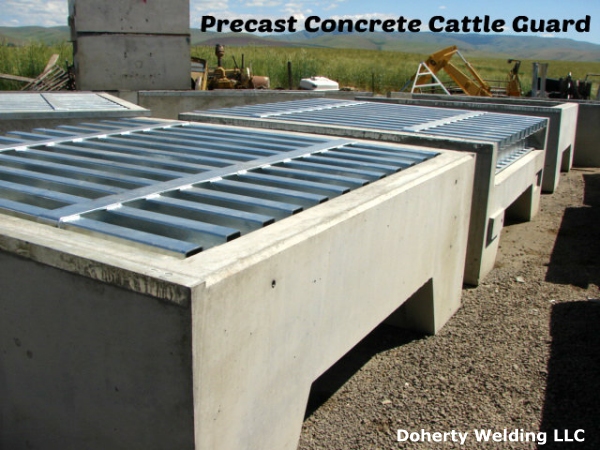
Precast concrete cattle guards typically come in prefabricated modules or sections that can be arranged to create guards of various lengths. The style commonly used by NDOT has modules that are approximately seven feet by six feet, with the longer aspect being the travel distance across the cattle guard.
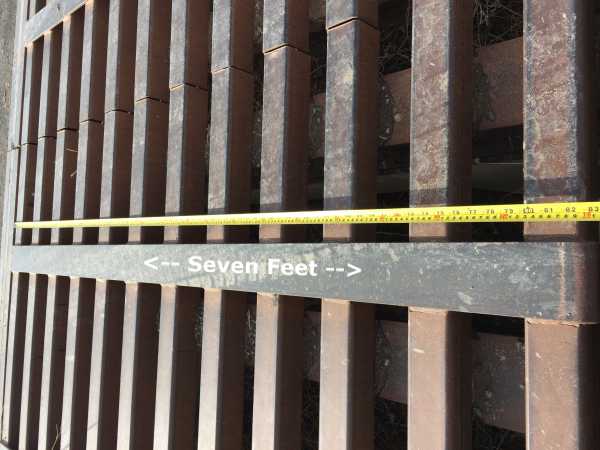
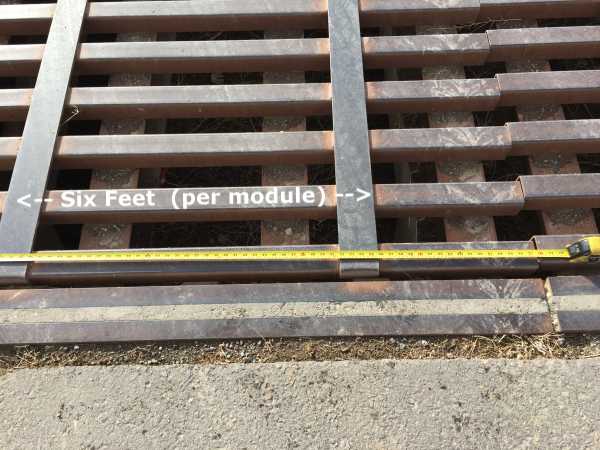
Straps and T-bars are welded on top and underneath the grates. The arrangements are such to maximize the load capacity and integrity of the structures, however they create numerous pinch points in the event an animal drops a leg through at an undesirable location or angle.
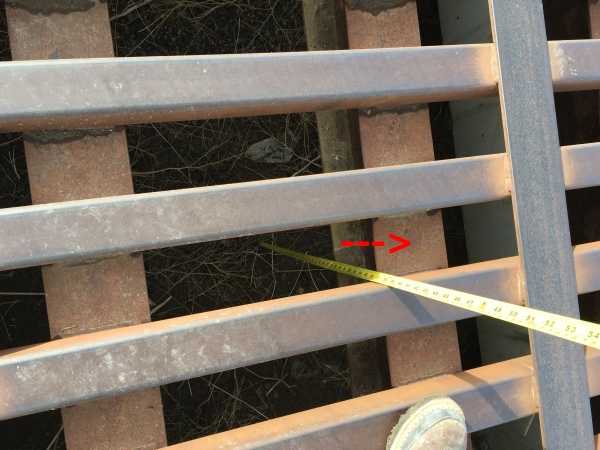
Since these cattle guards can fill up with water and/or silt slurry, it's important to inspect and understand the particular arrangement of structural elements associated with the guards in your response area since you might not be able to see into the grate during an actual extrication.
Each grate is secured to its precast concrete vault by means of four studs on each side, in this case having double nuts on each stud. The nuts take a 1-1/8 inch wrench to remove.
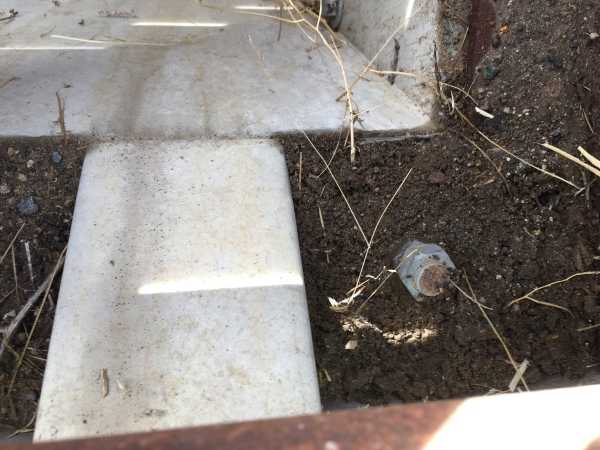
These designs are incredibly strong. Extrication tools used in vehicle accidents will not budge the grate components, and responders risk breaking the tips on their rescue jaws without any chance of success. However it may be possible to remove the nuts from the studs and raise a grate slightly using rescue jaws to relieve pinch point pressure.
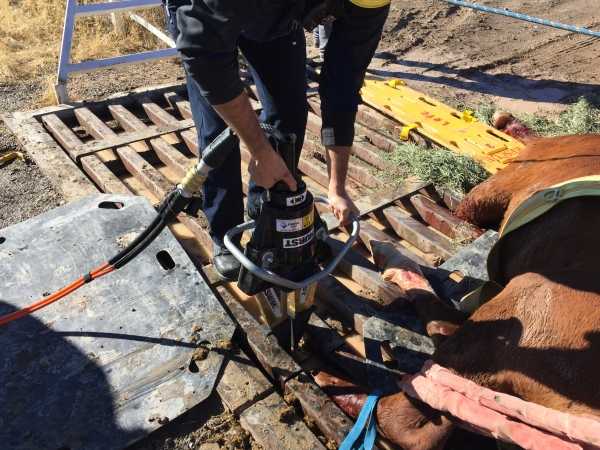
| 



